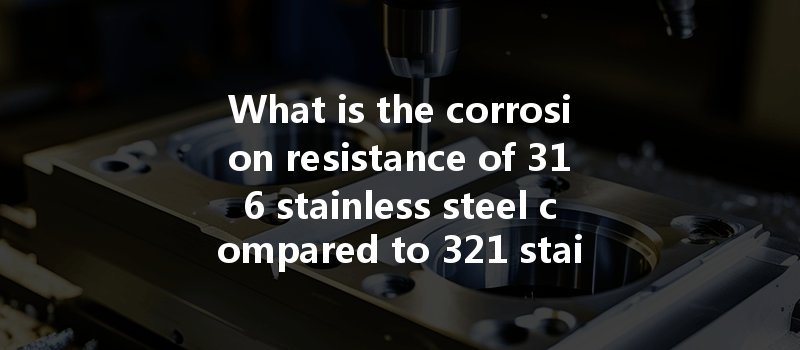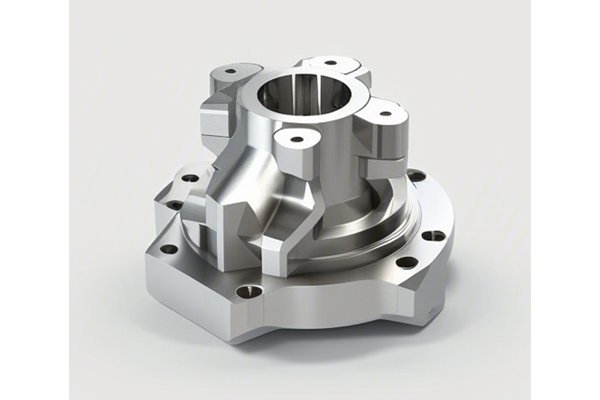Opening
Did you know that stainless steel is not just one material, but a family of alloys with distinct properties tailored for various applications? Among the many stainless steel grades, 316 and 321 are two of the most widely used in industries requiring resistance to corrosion and high temperatures. When it comes to CNC machining, understanding the differences in their corrosion resistance can significantly impact the longevity and effectiveness of your components. In this blog post, we will delve deep into the corrosion resistance of 316 and 321 stainless steel, compare their features, and provide practical solutions for selecting the right material based on your specific project needs.
Content
Stainless steel is primarily categorized into several grades, with 300-series stainless steels being particularly popular due to their austenitic structure. This category includes 304, 316, and 321 stainless steels, each designed for specific applications.
Corrosion resistance is a material’s ability to withstand deterioration due to chemical reactions with its environment. The effectiveness of a material’s corrosion resistance depends on:
In CNC machining, understanding corrosion resistance is crucial for parts intended for harsh operating environments, where degradative processes may threaten structural integrity and longevity.
3.
The key elements that contribute to the corrosion resistance of 316 stainless steel include:
Application: As a result, 316 stainless steel finds applications in environments such as saltwater, pharmaceutical manufacturing, and food processing, where hygiene and resistance to oxidation are paramount.
3.
321 stainless steel contains titanium, which significantly alters its corrosion resistance properties:

Application: 321 stainless steel is ideal for high-temperature applications, such as aircraft exhaust stacks and high-temperature chemical processes, where oxidation resistance is necessary.
When dealing with CNC machining, it is essential to consider additional factors that can influence the overall corrosion resistance of 316 and 321 stainless steel:
When selecting between 316 and 321 stainless steel for CNC machining, consider the following aspects:
Case Study: A company manufacturing components for marine applications opted for 316 stainless steel due to its superior resistance to corrosion in saltwater. Conversely, another enterprise producing exhaust systems for aircraft selected 321 stainless steel because its high-temperature performance and intergranular corrosion resistance aligned with their project specifications.
In summary, both 316 and 321 stainless steels have unique properties that make them suitable for specific applications, especially concerning their corrosion resistance. Understanding the differences and characteristics of these materials enables manufacturers to make informed choices tailored to their requirements.
Choosing the right stainless steel for your CNC machining projects is not just about initial cost but about ensuring the longevity, durability, and performance of components within their operating environments. As industries continue to evolve, the significance of selecting the optimal materials designed to meet the unique challenges presented by modern manufacturing cannot be overstated.
This discussion reinforces an essential takeaway: the importance of understanding materials in relation to their environment is crucial to ensuring quality and efficacy in production. Engage in continuous learning about material properties and machining technologies, as these are pivotal elements in streamlining processes and advancing the capabilities of modern engineering.






